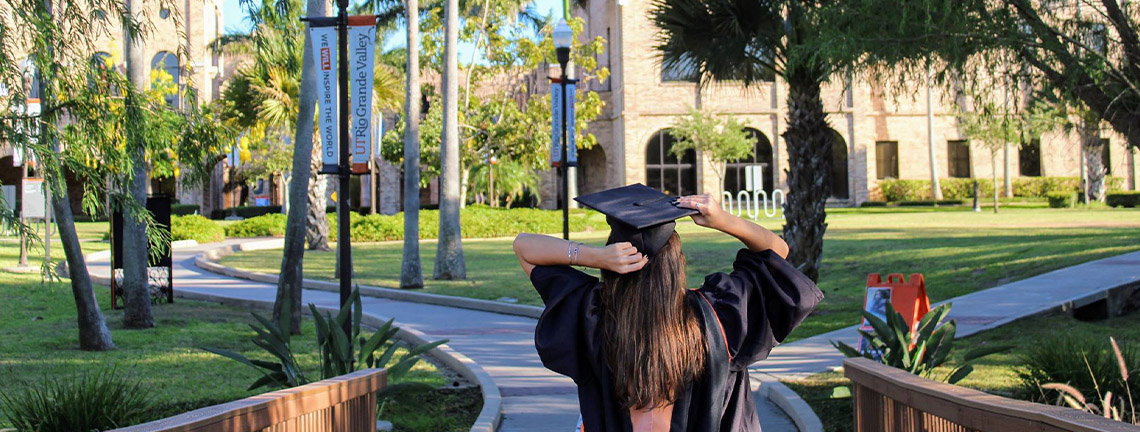
Theses and Dissertations
Date of Award
12-1-2024
Document Type
Thesis
Degree Name
Master of Science in Interdisciplinary Studies (MSIS)
Department
Physics
First Advisor
Teviet Creighton
Second Advisor
Volker Quetschke
Third Advisor
Edgar Corpuz
Abstract
Advancements in wireless communications necessitate innovative antenna designs for radar systems and satellite communications. The Luneburg lens, theorized by Rudolf Luneburg in 1944, is a gradient-index lens capable of focusing electromagnetic waves onto a point on its surface, offering potential improvements in antenna gain and performance. Access to the lenses, courtesy of Assured Space Access Incorporated, enabled me to research the lenses response, and specific design details remain confidential. Practical assessments of 3D-printed Luneburg lenses of varying sizes are limited, including factors such as lens alignment and focal point offset. This study investigates the performance of 6-inch and 13.25-inch Luneburg lenses in enhancing antenna gain, aiming to identify their efficacy and the influence of operational factors using the three-antenna method. Introduction of the Luneburg lenses resulted in both sizes achieving a maximum gain of 13 dB despite differing aperture sizes, outcomes below theoretical expectations. These findings suggest that factors like lens alignment and the spherical radiation patterns of the antennas may significantly impact performance.
Recommended Citation
Flores, A. (2024). Theoretical Insights and Analysis Into Luneburg Lens [Master's thesis, The University of Texas Rio Grande Valley]. ScholarWorks @ UTRGV. https://scholarworks.utrgv.edu/etd/1648


Comments
Copyright 2024 Aram Flores. https://proquest.com/docview/3153452956